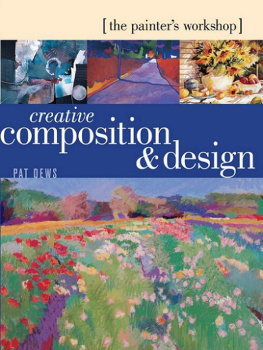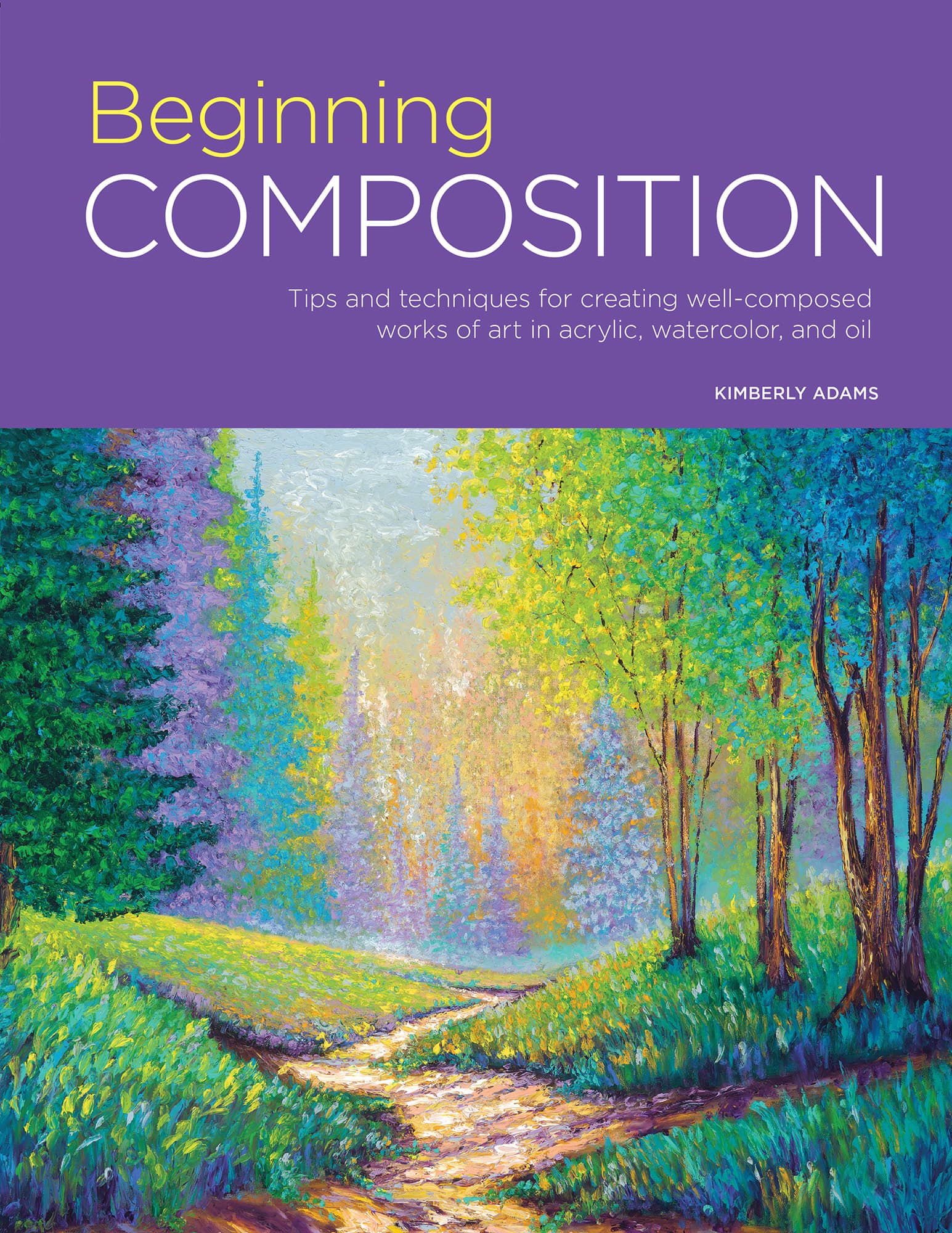Kimberly Adams - Portfolio: Beginning Composition: Tips and Techniques for Creating Well-Composed Works of Art in Acrylic, Watercolor, and Oil
Here you can read online Kimberly Adams - Portfolio: Beginning Composition: Tips and Techniques for Creating Well-Composed Works of Art in Acrylic, Watercolor, and Oil full text of the book (entire story) in english for free. Download pdf and epub, get meaning, cover and reviews about this ebook. year: 2019, publisher: Walter Foster Publishing, genre: Romance novel. Description of the work, (preface) as well as reviews are available. Best literature library LitArk.com created for fans of good reading and offers a wide selection of genres:
Romance novel
Science fiction
Adventure
Detective
Science
History
Home and family
Prose
Art
Politics
Computer
Non-fiction
Religion
Business
Children
Humor
Choose a favorite category and find really read worthwhile books. Enjoy immersion in the world of imagination, feel the emotions of the characters or learn something new for yourself, make an fascinating discovery.

- Book:Portfolio: Beginning Composition: Tips and Techniques for Creating Well-Composed Works of Art in Acrylic, Watercolor, and Oil
- Author:
- Publisher:Walter Foster Publishing
- Genre:
- Year:2019
- Rating:3 / 5
- Favourites:Add to favourites
- Your mark:
Portfolio: Beginning Composition: Tips and Techniques for Creating Well-Composed Works of Art in Acrylic, Watercolor, and Oil: summary, description and annotation
We offer to read an annotation, description, summary or preface (depends on what the author of the book "Portfolio: Beginning Composition: Tips and Techniques for Creating Well-Composed Works of Art in Acrylic, Watercolor, and Oil" wrote himself). If you haven't found the necessary information about the book — write in the comments, we will try to find it.
Learn to create eye-catching, well-composed works of art using acrylic, oil, and watercolor paints with Beginning Composition.
From the concept- and technique-driven Portfolio series comes Beginning Composition , which details how to compose a work of art so that it draws inand then holdsthe viewers attention. This book features quick exercises for getting started in art, primers on the principles of composition and the Rule of Thirds, what to look for when composing artwork, examples of successful (and unsuccessful) compositions from a selection of artists, and customizable painting projects.
Beginning Composition is written and illustrated by Kimberly Adams, an experienced author and professional artist with years of experience in creating versatile, stunning works of art, as well as co-author of Oil & Acrylic Workshop (Walter Foster Publishing). In this book, Kimberly teaches you how to create successful compositions in acrylic, oil, and watercolor paints. After an introduction to the essentials of composition and some examples of composition in action , you are then invited to create your own artwork on a range of subjects , including landscapes, florals, animals, and more. The painting projects encourage personalization and creativity. Other topics covered include conveying mood and emotion through composition, the Golden Ratio, focal points, and more.
The Portfolio series covers essential art techniques, core concepts, and media with an approach and format thats perfect for aspiring, beginning, and intermediate artists.
Also available from the series: Beginning Acrylic, Beginning Drawing, Beginning Watercolor, Beginning Pastel, Beginning Colored Pencil, Beginning Color Mixing, Expressive Painting, Beginning Color Mixing, and Beginning Pen & Ink.
Kimberly Adams: author's other books
Who wrote Portfolio: Beginning Composition: Tips and Techniques for Creating Well-Composed Works of Art in Acrylic, Watercolor, and Oil? Find out the surname, the name of the author of the book and a list of all author's works by series.












